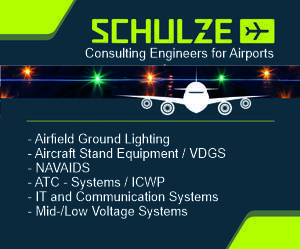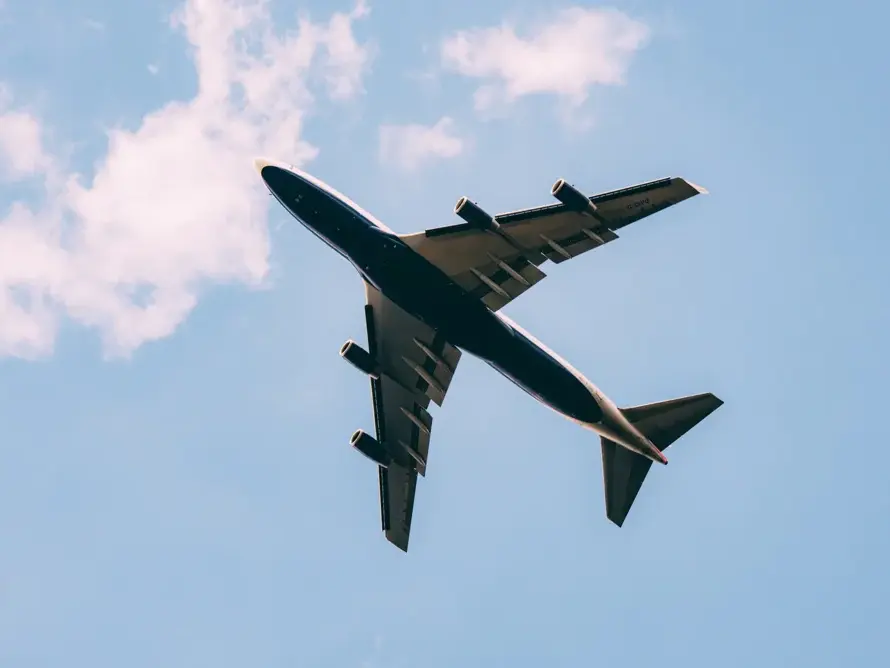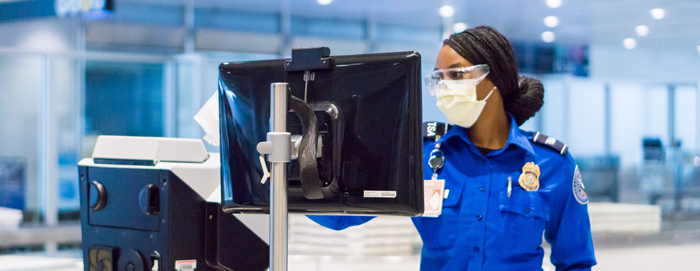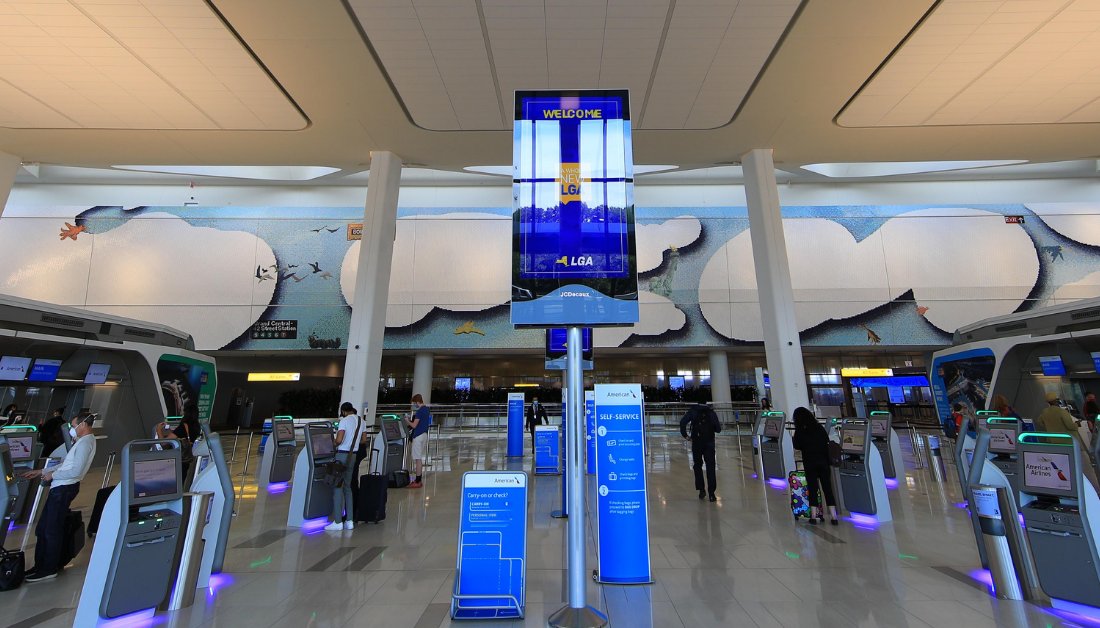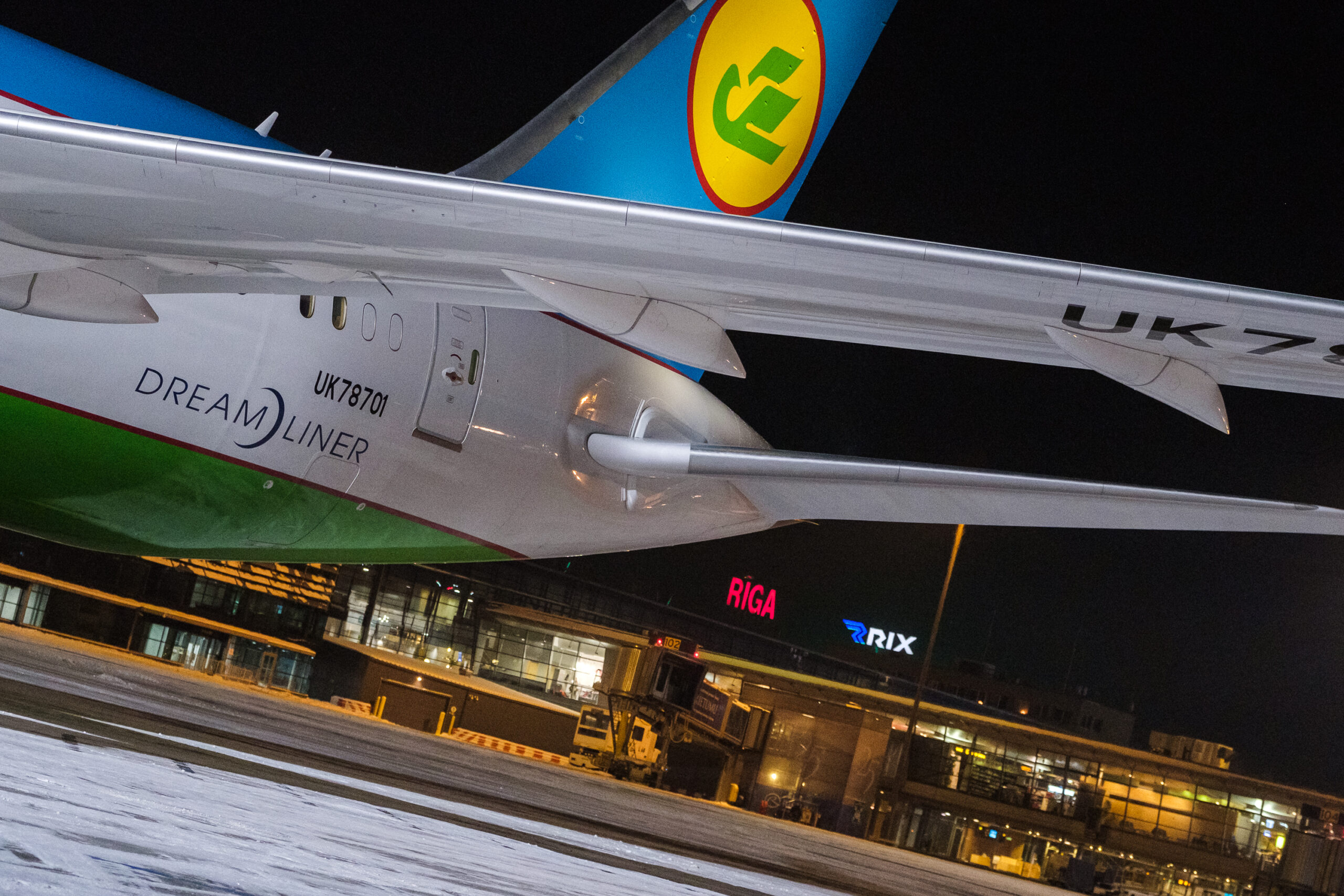Vilnius Airport Plans to Reuse De-icing Liquid with New Recycling Plant
To improve the quality of aircraft service and make it more environmentally friendly, Vilnius Airport is planning the construction of an automated aircraft de-icing recycling plant in 2022. Lithuanian Airports announce a public procurement tender for the design of the plant, building contracting, and the installation of the necessary technological equipment. Once the planned works have been completed, the aircraft are expected to be serviced based on advanced sustainability requirements, making the process faster and safer.
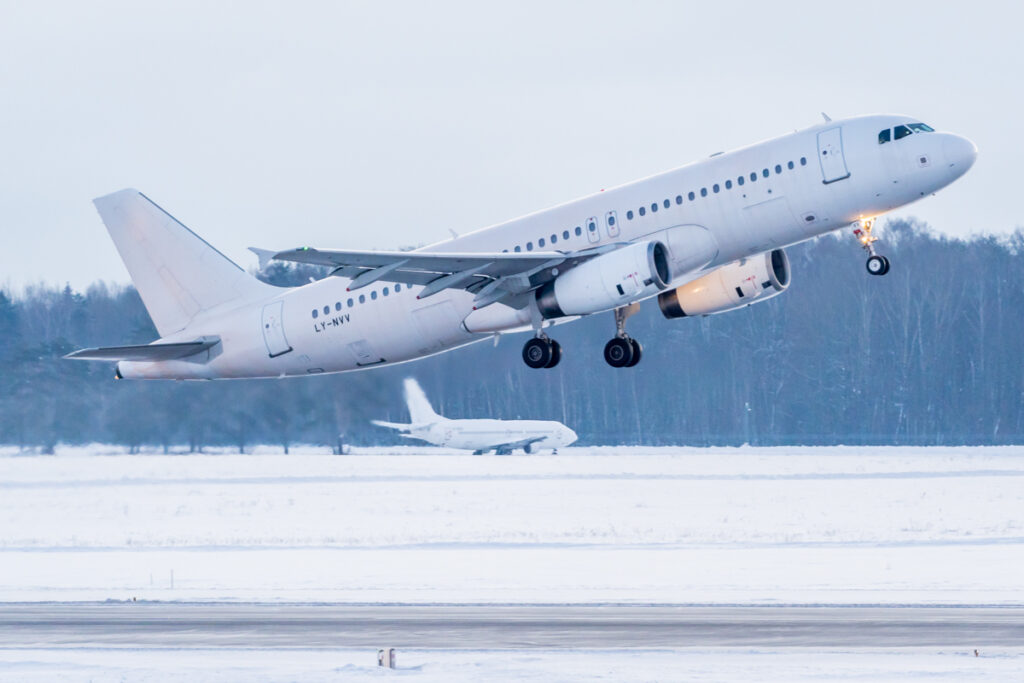
The new de-icing liquid recycling plant is part of the ongoing reconstruction of Vilnius Airport. During the procedure, the entire infrastructure with the necessary engineering networks for collecting de-icing sewage will be created. The successful tenderer will have to install storage and concentrated sewage tanks, and a separate treatment facility containing the necessary treatment technologies.
The project will be part-financed by the European Union.
According to Dainius Čiuplis, the Head of the Operations and Infrastructure Department of Lithuanian Airports, the project’s primary goal is to further increase the efficiency of operational processes.
Head of the Operations and Infrastructure Department of Lithuanian Airports, Dainius Čiuplis, said:Greater flight safety and the speed of operations at the airport are undoubtedly the main objectives of this project. We strive to maximise the adaptation of our infrastructure to the period when aviation flows will start growing again. In this context of future growth, the need for the efficiency of anti-icing processes will remain relevant. Therefore, we are already preparing to offer high-quality solutions that are also environmentally friendly.
According to Mr Čiuplis, during the reconstruction of Vilnius Airport, four de-icing sites will be installed: Two on each of the north and south sides. During de-icing operations, the materials collected on the available surface sewage networks will be forwarded to the treatment facility in the southern part of the airport. They will be treated in several stages and directed to the appropriate tanks.
Some separated materials can be used after treatment as a raw material to produce de-icing fluids or other applications, thus achieving the overall environmental and sustainability objectives of the airport infrastructure development.
According to the representative of Lithuanian Airports, the option will be considered to use the Vilnius treatment facility to treat sewage generated at the airports of Kaunas and Palanga. In this case, the used fluid would be collected in tanks and then transported for treatment to the automated treatment and recycling plant.
The Need Is Driven by Flight Safety
De-icing operations are critical during the cold season to ensure flight safety. During the procedure, the snow and ice layer is removed from the aircraft. At the same time, an additional protective coating is produced that prevents ice formation for a certain period. If the plane does not take off after this process within the required time, the entire procedure must be repeated.
At present, after anti-icing processes at Vilnius Airport, the aircraft, in many cases, must travel a considerable distance to the runway, which also means a waste of time until possible repeated icing.
In addition, de-icing vehicles must approach aircraft at various points on the platform, which increases the risk of creating obstructions on the platform.
About Lithuanian Airports
The network of Lithuanian Airports includes three air gates in Vilnius, Kaunas and Palanga. In 2020, Lithuanian airports will handle 1.8 million passengers and 30,000 flights.
This article was originally published by State Enterprise Lithuanian Airports.


